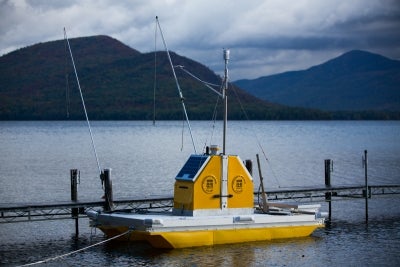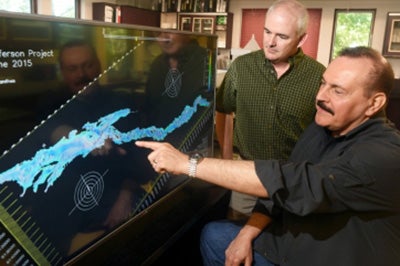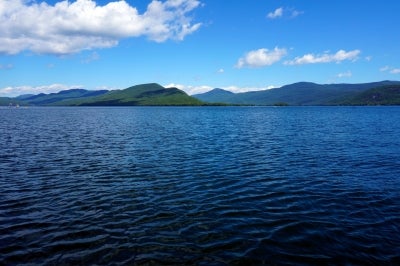



Monitoring, Predicting and Protecting Lake George
The Jefferson Project at Lake George – a partnership between Rensselaer Polytechnic Institute, IBM Research, and the Lake George Association – combines Internet of Things technology and powerful analytics with science to create a new model for environmental monitoring and prediction. The project is building a computing platform that captures and analyzes data from a network of sensors tracking water quality and movement. These sensor data are combined with other monitoring and experimental data to create a thorough understanding of the factors that drive the lake’s food web and overall water quality. Scientific insights and technology created for the project will not only help manage and protect one of America’s most famous lakes, but will create a blueprint to preserve important lakes, rivers and other bodies of fresh water around the globe.
The World's Smartest Lake: Intelligent Sensors, Visualization, and a Supercomputer
To better understand Lake George, researchers are collecting massive amounts of data within the watershed. A network of sensors on land, in streams, and in the lake measures a diverse array of variables related to weather, water runoff, water circulation, and water quality. Individual sensors communicate with one another and IBM and Rensselaer researchers, helping to make decisions about what to sample, where to sample, and how often to sample. The incoming data are wirelessly communicated in real-time to multiple computers at IBM and Rensselaer, fueling a series of models built by IBM researchers that precisely predict weather events, water run-off from the surrounding mountains into the lake, inputs of road salt to the lake, and water circulation.
Preserving the Queen of American Lakes
Over forty years of monitoring the chemistry and algae in Lake George by scientists at Rensselaer’s Darrin Fresh Water Institute, with support from the Lake George Association, have demonstrated that the lake is changing. Chloride inputs from road salt have tripled, algae have increased 33%, and invasive species have taken hold. The critical question is: how do those changes relate to the past, present and future of Lake George? By creating a high-resolution view of the lake’s ecosystem, the Jefferson Project provides the knowledge that enables informed decisions to protect the Queen of American Lakes.
Founding Vision and Statement of Purpose
“Establish a strategic partnership that becomes the global model for sustained ecosystem understanding and protection, focusing on Lake George, a world-class natural resource now threatened with permanent degradation from a range of environmental stressors.
An unprecedented array of new tools for applied scientific research will fuse monitoring, modeling, simulation, forecasting, and experimentation to inform decision-making that leads to lasting protection of Lake George.
By creating predictive capacities that harness science to light the path forward, this powerful new model will deliver ecological and market benefits that are widely felt, in the U.S. and worldwide.”
